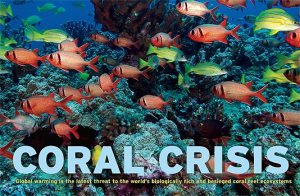As we move forward to implement green into our lifestyles through healthy living and technology, it is only natural that the country’s most prominent green economy stakeholders, ranging from businesses, community leaders and environmentalists to elected officials would advance ideas and introduce projects to aid this cause. The concept of a green economy is now front and center as evidenced by an emerging business sector with many educational and employment opportunities. This is especially good news with the recognition that the present faltering economy is slowly rebounding, but with a noticeable shift away from traditional manufacturing and service jobs to a new sector which requires more efficient use of cutting edge technology and well-trained, albeit, smaller staff.
Job opportunities now are available in both the public and private sectors for individuals willing to reinvent themselves through education and job training and for people who are motivated to relocate to areas where such opportunities are prevalent. A check of local government job opportunities resulting from mandates to provide clean and energy-efficient transportation often will reveal available positions in construction to house these new operations, as well as job openings to manage these enhanced services. Job training for these types of positions frequently is offered at community colleges and other local career labs with financial aid possibly available. Other opportunities can be found in the areas of solar, wind, renewable energy and clean energy.
When searching for jobs in the green economy, it is important to think out of the box. While a potential candidate may not be a scientist, engineer or other professional with a trade specialty in this sector, that individual still can work in support operations as all businesses require administrative, as well as financial, marketing, security and other support staff.
The Internet is a great place to initiate a search for green jobs. A perusal of job opportunities will help a person to assess qualifications for open positions and to find out the geographical locations of opportunities. Also, be sure to check out federal employment opportunities, particularly at USA Jobs. When applying for positions, be sure to include in your resume a statement regarding your commitment to a greener world in your objective.
The green economy presents a wonderful opportunity for you to “be the change you want to see”. Let’s live green, be green.






